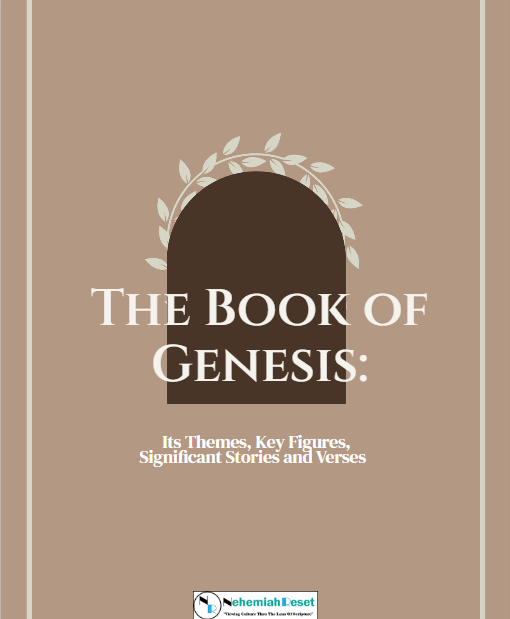
The Book of Genesis: Its Themes, Key Figures, Significant Stories and Verses
The Book of Genesis, which is the first of the Hebrew Bible and the Old Testament, is a foundational book that explores the origins the universe, humanity, and the Israelite nation. It is traditionally attributed to Moses, who is to have written the book during the Israelites’ wilderness wanderings in the second millennium BCE. However, modern scholars suggest that Genesis was composed over a period of time and likely drew on different sources.
The overarching theme of Genesis is the establishment of God’s covenant with humanity, beginning with the creation of the world and culminating in the formation the Israelite nation. The book is divided into two main sections: primeval history (chapters 1-11) and the ancestral history (chapters 12-50). The primeval history encompasses the creation of the world, the fall of humanity, and the flood narrative, while the ancestral history focuses on the patriarchs Abraham, Isaac, Jacob, and Joseph.
The estimated date of composition for the Book of Genesis is thought to be between the 15th and 5th centuries BCE. Scholars believe that the text underwent editing and redaction during this time, incorporating oral traditions and written sources to form the final version we have today. Each chapter of Genesis provides a unique perspective on the story of
God’s covenant with His people, the trials and tribulations faced by the patriarchs, and the unfolding plan of redemption. The Book of Genesis serves as the foundation for the entire
Bible, setting the stage for the rest of the Old Testament and the revelation of God’s ultimate plan for humanity. By delving into the key themes, figures, and stories of each chapter, readers can gain a richer understanding of the historical, cultural, and theological significance of this foundational text.
For each chapter of the Book of Genesis, we list the general theme of the chapter, its key figures, the top stories and the five top verses.
